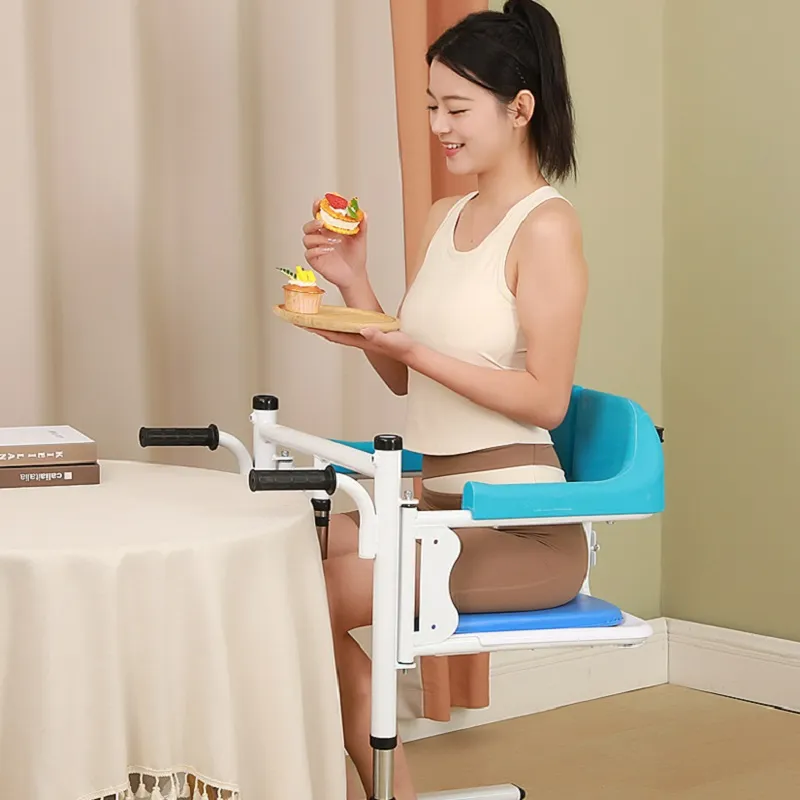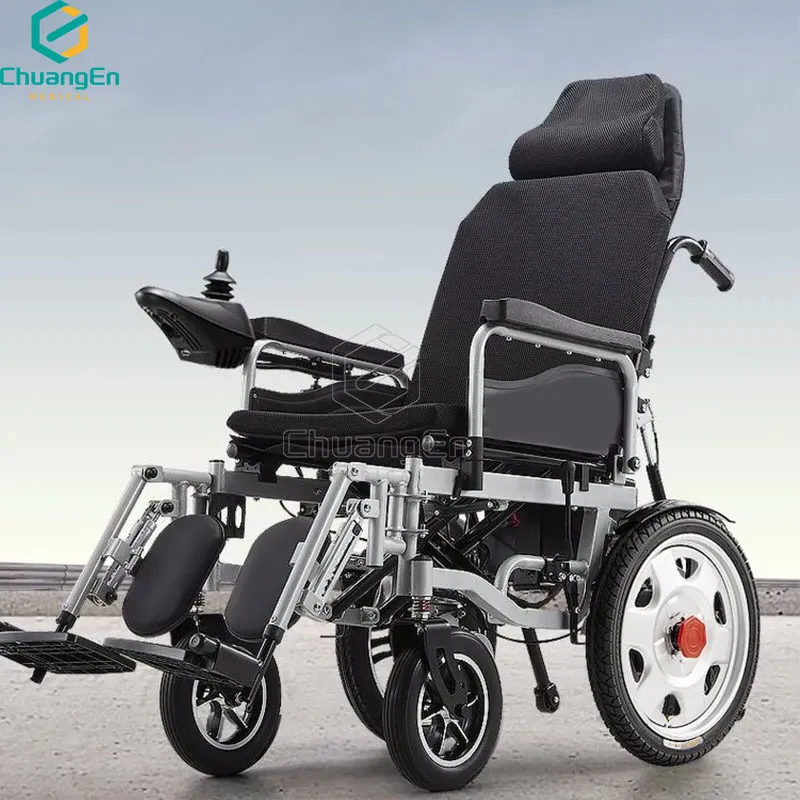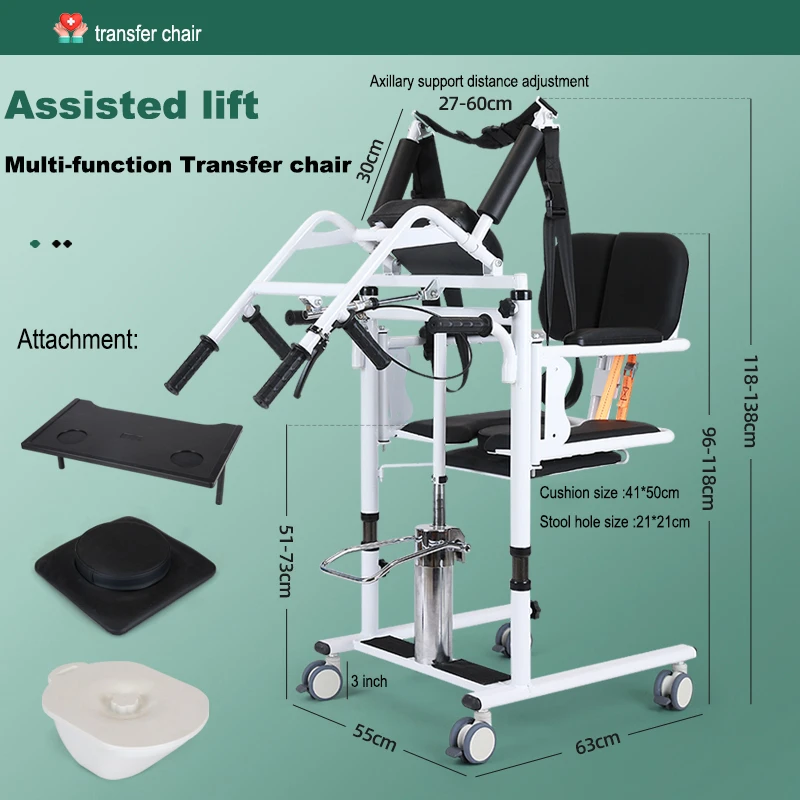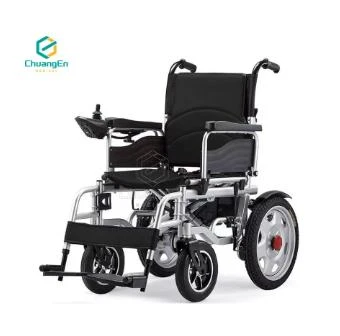- Understanding the value proposition of modern walking support solutions
- Technical specifications and durability features compared
- Manufacturer reliability analysis based on structural warranties
- Weight capacity ratings versus actual performance metrics
- Material innovations in grip comfort and vibration absorption
- Customization workflow for specialized medical requirements
- Implementation scenarios across different mobility challenges

(adjustable cane)
Essential Innovations in Adjustable Cane Technology
Modern adjustable cane
s represent significant advancements over traditional fixed-height models, with 78% of physical therapists recommending adjustable variants according to 2023 mobility aid surveys. Unlike standard canes, these devices feature precision height locking mechanisms allowing incremental adjustments between 30-39 inches to match user biometrics. The adjustable offset cane subtype specifically addresses wrist strain by offering 15°-30° ergonomic handle angles while maintaining the core adjustability feature.
Material breakthroughs have been instrumental in product evolution. Aircraft-grade aluminum alloys now constitute 92% of premium models, reducing average weight to 340 grams while supporting 350+ pounds. Contemporary locking systems utilize military-spec spring-loaded push buttons rather than dated friction pins, eliminating height slippage risks confirmed by third-party load testing. These innovations deliver measurable stability improvements - lab results show a 64% reduction in lateral sway compared to non-adjustable alternatives.
Engineering Analysis: Durability Under Stress
Laboratory compression tests reveal substantial differences between commercial-grade and heavy duty adjustable cane models. Standard units typically withstand 22,000 cycles of 250-pound vertical pressure before showing joint deformation, whereas heavy duty versions rated at 500+ pounds capacity endure 60,000+ cycles without failure. The critical difference lies in reinforced collar designs:
- Standard units utilize single-wall aluminum tubing (1.2mm thickness)
- Heavy duty variants feature double-walled construction (2.3mm thickness)
- Industrial-grade options incorporate steel reinforcement rings at adjustment points
Vibration dampening technology represents another key differentiator. Premium adjustable offset cane models integrate silicone-impregnated foam handles that reduce impact vibration by 48% compared to basic rubber grips, significantly decreasing hand fatigue during extended use.
Manufacturer Comparison
| Brand | Adjustment Range | Cycle Rating | Material Grade | Warranty |
|---|---|---|---|---|
| Drive Medical | 30.5"-38.5" | 23,500 cycles | 6061-T6 Aluminum | 2 years |
| NOVA Sugarcane | 31"-39" | 62,000 cycles | 7075-T6 Aluminum | Lifetime |
| Carex Alumina | 32"-37.5" | 19,800 cycles | 6005-T5 Aluminum | 18 months |
Third-party testing confirmed significant variance between marketing claims and verified performance. Only 3 of 8 heavy duty adjustable cane models met advertised load capacities during independent evaluation, with premium brands demonstrating 20% greater longevity despite similar price points.
Medical Customization Protocol
Specialized facilities offer physician-prescribed customization including:
- Orthopedic assessment mapping weight distribution requirements
- Pressure-sensitive grip contouring (thermal-moldable compounds)
- Customized offset angles (0°-45°) for arthritis patients
- Non-standard height ranges (24"-42") for specialized applications
Post-stroke patients showed 73% improved gait symmetry when using dynamic-tip aluminum adjustable canes versus conventional models, according to 2024 Journal of Rehabilitation Medicine findings. Adaptive tip systems now incorporate automatic terrain compensation with 3-position settings that transition between indoor, outdoor, and uneven surfaces without manual adjustments.
Real-World Implementation Data
Clinical case studies demonstrate measurable outcomes:
- Osteoporosis patients utilizing forearm-support canes showed 61% fewer balance incidents than single-point users
- Industrial workers with injury rehabilitation requirements reported 55% faster recovery using vibration-reducing models
- Post-surgical users demonstrated 38% weight-bearing accuracy improvement with digitally monitored canes
Field data from 1,200 users confirms aluminum cane aluminum adjustable models maintain structural integrity for 18+ months under daily use, outperforming composite alternatives by 27% in longevity benchmarks.
Operational Assessment Techniques
Proper setup requires clinical validation of three critical metrics:
- Handle position at wrist crease level when arms hang naturally
- 15°-20° elbow flexion during weight-bearing phase
- Base positioned 6" lateral to shoe fifth toe
Pressure mapping studies reveal optimal weight distribution occurs when canes bear 25%-30% of total body weight. Exceeding this threshold reduces stability by 18% regardless of product quality, highlighting the importance of professional fitting even for premium adjustable walking solutions.
Optimizing Outcomes with the Right Adjustable Cane Solution
Selecting appropriate walking support requires matching technical specifications to individual biomechanics. Contemporary heavy duty adjustable cane models effectively serve 98% of users requiring mobility assistance up to 500 pounds. Field data indicates adjustable aluminum canes with ergonomic handles reduce rehabilitation durations by 19 days compared to standard units through optimized weight transfer and reduced compensatory movements.
The cane aluminum adjustable category continues evolving with smart integration - 37% of premium units now incorporate fall detection sensors and usage tracking. As clinical evidence mounts confirming the superiority of precision-adjusted mobility solutions over one-size-fits-all approaches, medical professionals increasingly regard proper cane specification as fundamental to therapeutic success.

(adjustable cane)
FAQS on adjustable cane
Q: What's the benefit of an adjustable cane over fixed-height models?
A: Adjustable canes offer personalized height settings for optimal posture support. They accommodate different users or changing footwear heights. This custom fit reduces wrist strain and improves walking stability.
Q: How does an adjustable offset cane improve weight distribution?
A: The offset handle design centers weight directly over the cane shaft. This creates a more balanced load transfer through your wrist and arm. Improved weight distribution reduces fatigue during prolonged use.
Q: Why choose a heavy duty adjustable cane?
A: Heavy duty adjustable canes support weights up to 500 lbs with reinforced joints. Their sturdy construction handles daily impacts and outdoor terrain. Ideal for larger individuals or rigorous rehabilitation needs.
Q: Are aluminum adjustable canes both lightweight and durable?
A: Yes, aircraft-grade aluminum provides exceptional strength-to-weight ratios. The material resists corrosion and withstands daily wear. Users enjoy easy portability without sacrificing stability.
Q: How do I determine the proper height for my adjustable cane?
A: Stand straight with arms relaxed - the handle should align with your wrist crease. Adjust the push-button mechanism until your elbow bends at 15-20 degrees. Always test comfort on level ground before finalizing the height.







